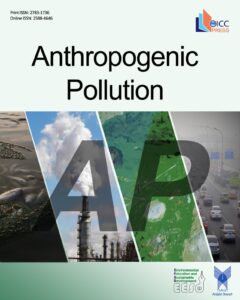Occupational exposure limits for 1, 3-butadiene based on carcinogenic effects: a comparison of the threshold and non-threshold approaches
Authors
Abstract
1, 3-Butadiene (BD) is primarily used for the production of synthetic rubbers and polymers, which are found in many industrial and consumer products. BD is suspected to be both carcinogenic and genotoxic to humans. This study aims to compare occupational exposure limits (OELs) based on BD’s carcinogenic effects using threshold and non-threshold methods in industrial settings. A review of published literature was carried out to find the most suitable in vivo carcinogenic data. Selection criteria included the number of dose levels considering more than three dose level and chronic exposure through the lung route. Studies of the National Toxicology Program (NTP) and Melnick et al. met the criteria for this study. The U.S. Environmental Protection Agency (EPA)’s BMD software, version 3.2.0, was utilized to estimate BMDL10. In the threshold approach, OELs were calculated using BMDL10 divided by uncertainty factors. The margin of exposure (MOE) method was used as a non-threshold approach. In the threshold approach, an OELI of 2.3 ppm and 3.8 ppm was estimated in males and females, respectively. In the non-threshold approach, the OELII of 0.008 ppm and 0.014 ppm was calculated for males and females, respectively, which were substantially lower than those found using the threshold method. Examining and comparing the results of this study to the threshold limit values (TLVs) and carcinogenic risk values determined by the EPA revealed that the threshold values are closer to the safe workplace concentrations (concentrations where no carcinogenic effects have been detected). Consequently, the use of non-threshold approaches results in an inaccurate estimation of carcinogenic risk.



